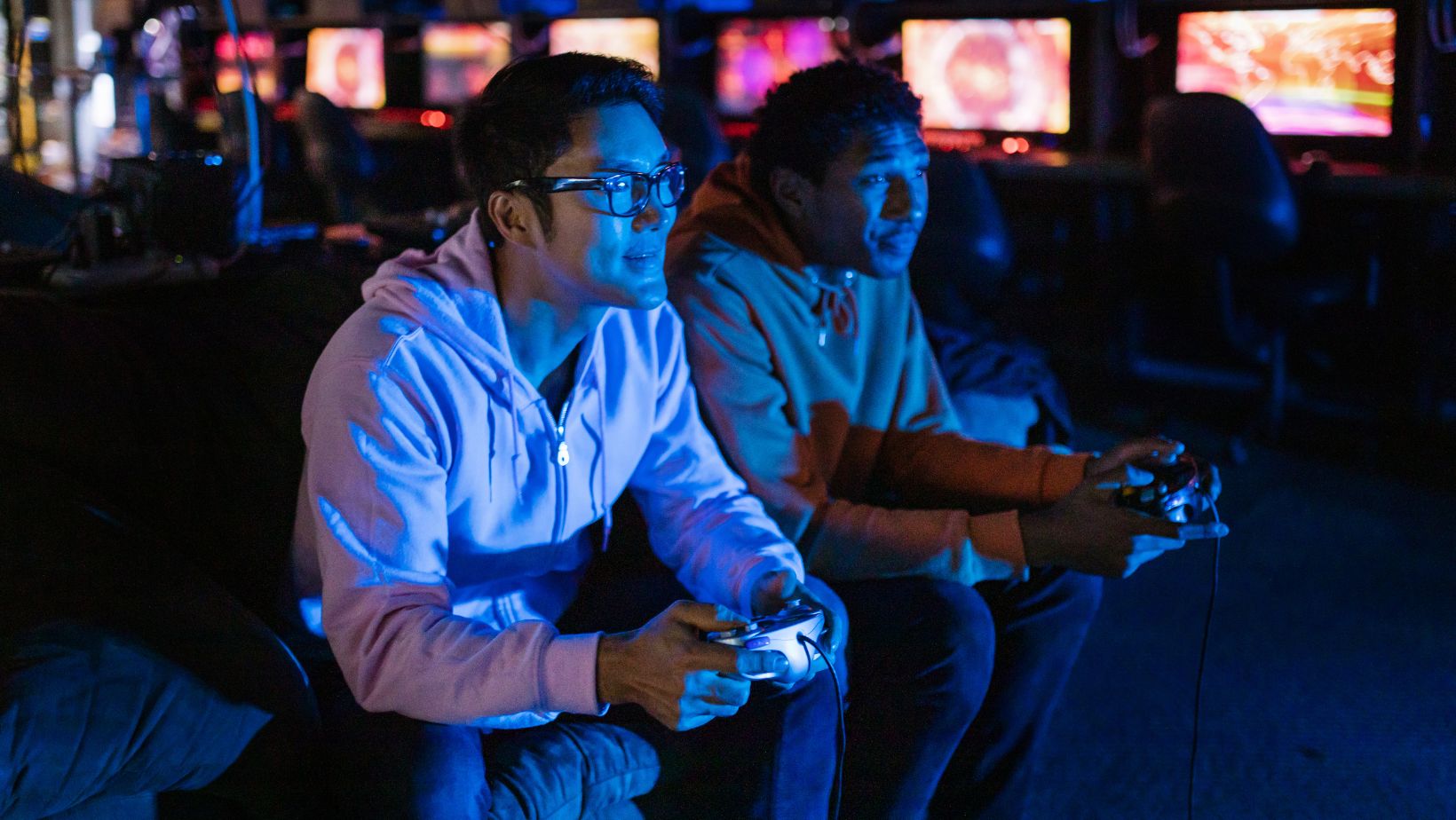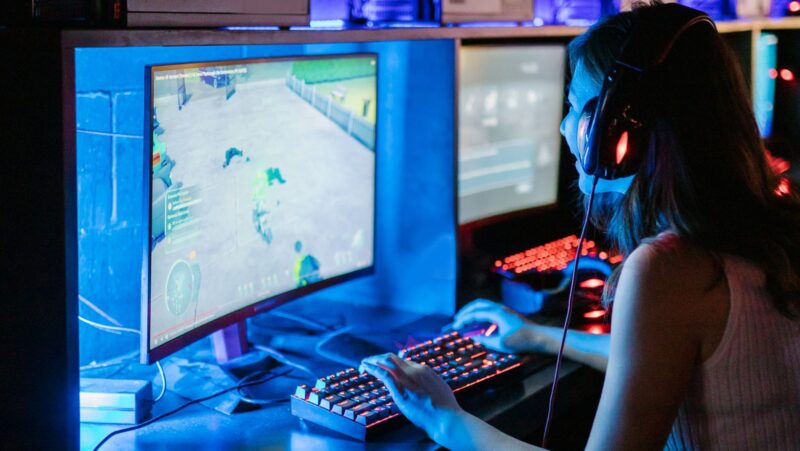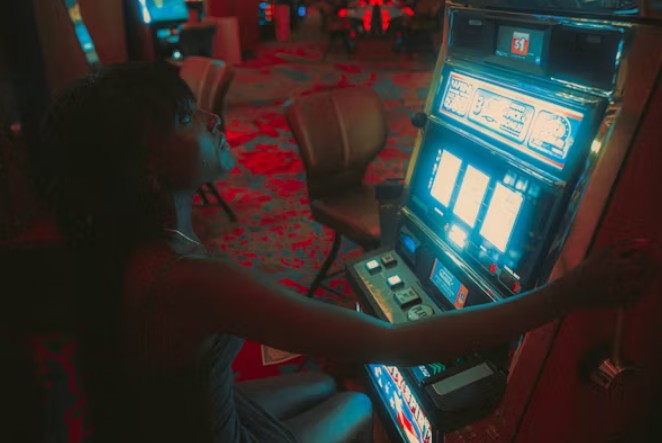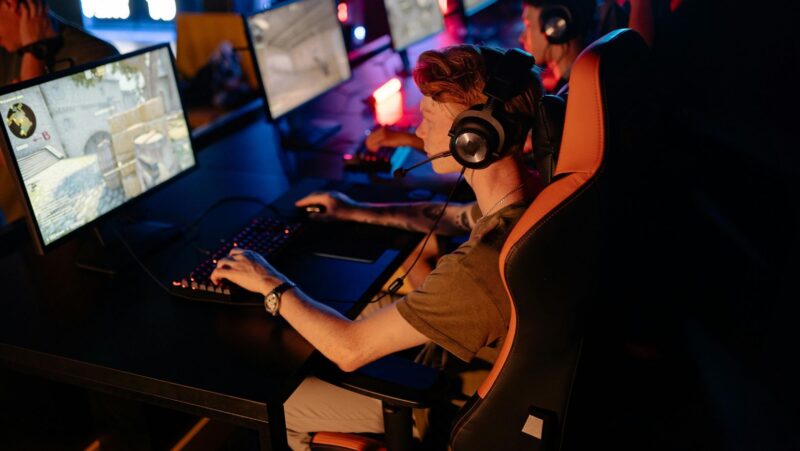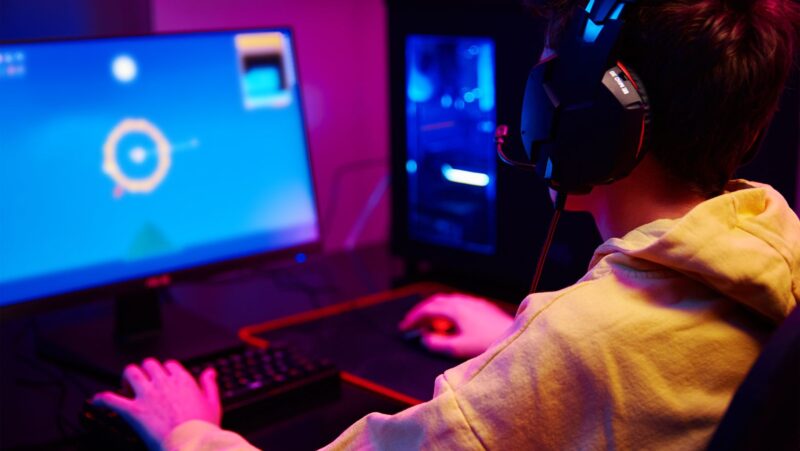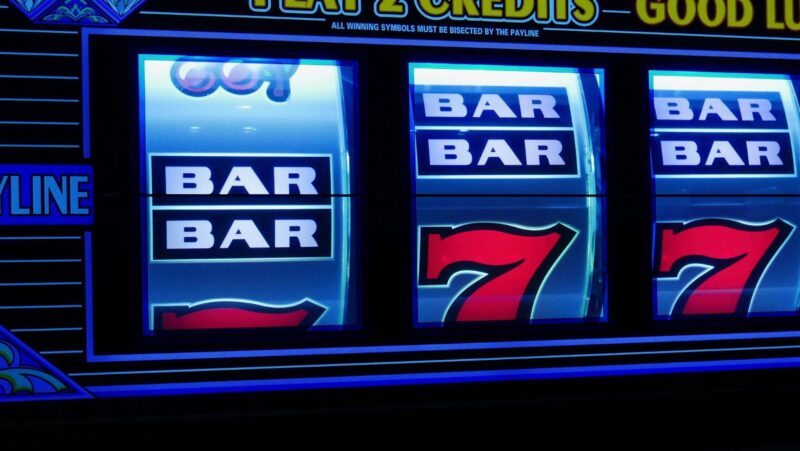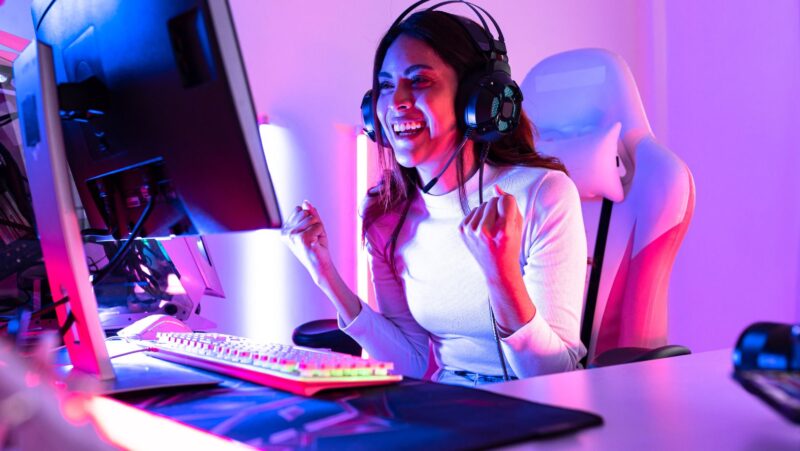Hidden Input Buffers in Fighting Games: How Frame Data Secrets Separate Pros from Casuals

Fighting games are fast, flashy, and full of adrenaline. But beneath the surface, there’s a hidden world of mechanics that separates the pros from the casuals. One of the most important (yet least talked about) features is the input buffer.
If you’ve ever wondered why your moves don’t come out when you press a button or why top players seem so fluid in their combos, the answer often lies in frame data and input buffering. Let’s break it down in a way that’s easy to understand, so you can improve your impulses when you enjoy the live betting experience as well!
What Is an Input Buffer?
An input buffer is a system that stores your button presses for a short time before executing them. Think of it like a chef prepping ingredients before cooking—your inputs are “prepped” so the game can use them at the right moment.
Without them, fighting games would feel clunky. If you pressed a button a fraction of a second too early, nothing would happen. It makes the mechanics more forgiving by holding your input for a few frames (usually 3-10) before deciding whether to use it.
Example: In Street Fighter, if you press a punch right as your character stands up from a knockdown, the buffer might save that input and throw the punch as soon as possible.
How Pros Use Them
Casual players mash buttons and hope for the best. Pros, on the other hand, exploit buffers with surgical precision.
Top players input commands slightly before they’re needed. This is called buffering.
- Combos: Instead of waiting for one move to finish before inputting the next, pros load up the next move during recovery frames. This makes combos seamless.
- Anti-Airs: If an expert expects a jump-in attack, they’ll buffer a Dragon Punch motion (→ ↓ ↘ + Punch) before the opponent even leaves the ground.
Result: Their moves come out frame-perfect, while casuals struggle with timing.
Frame Data: The Secret Language of Fighting
Buffers work hand-in-hand with frame data—the numerical breakdown of every move’s speed, recovery, and advantage.
Understanding Frame Advantage
- Plus Frames (+): When your move recovers faster than the opponent’s, you can keep attacking.
- Minus Frames (–): If your move is too slow, the opponent can punish you.
Tip: Buffering a fast move during plus frames ensures your next attack comes out immediately, keeping pressure on.
The Window
Every game has a different window frame for this (how long it holds inputs).
- Street Fighter 6: ~5 frames
- Tekken 8: ~8 frames
- Guilty Gear Strive: ~3 frames
How to Train Yourself
Want to level up? Here’s how to practice:
Drill Combos
- Pick a simple combo (e.g., Punch → Special Move).
- Input the special move before the punch animation ends.
- Adjust the timing until it flows smoothly.
Study Frame Data
Use training mode to see:
- Which moves are safe/unsafe?
- The best moves to buffer after.
The Role of Input Delay and Online Play
One of the biggest challenges in modern fighting games is input delay—the time between pressing a button and seeing the action on screen.
This delay can throw off your timing, especially in online matches.
Why It Happens:
- Display Lag: Your monitor or TV might add a few milliseconds of delay.
- Online Latency: Rollback netcode helps, but a bad connection can still cause hiccups.
- Game Engine Processing: Some games have inherent input delay (e.g., Street Fighter V had ~6 frames by default).
How Pros Adapt:
- Practice with Delay: Some players intentionally add artificial delay in training mode to simulate online play.
- Adjust Buffer Timing: Knowing that inputs might be delayed, the pro’s input moves slightly earlier than usual.
- Stick to Wired Connections: Wi-Fi adds extra lag, so top players always use Ethernet cables.
Hidden Techniques
Beyond basic combos, pros use advanced tricks to cover multiple options at once. Two of the most powerful techniques are option selects and plinking.
Option Selects: These are inputs that produce different outcomes based on what the opponent does.
- Throw Tech OS: Buffering a throw break while blocking means you’ll tech if the opponent throws you, or keep blocking if they attack.
- Safe Jump OS: Timing a jump-in attack so it’s safe even if the opponent wakes up with an invincible reversal.
Plinking (Prioritized Linking): A technique where you press two buttons in quick succession to guarantee the stronger move comes out.
Why It Matters: These tricks let pros stay safe while applying pressure, something casual users rarely do. Learning just one option selection can drastically improve your defence.


